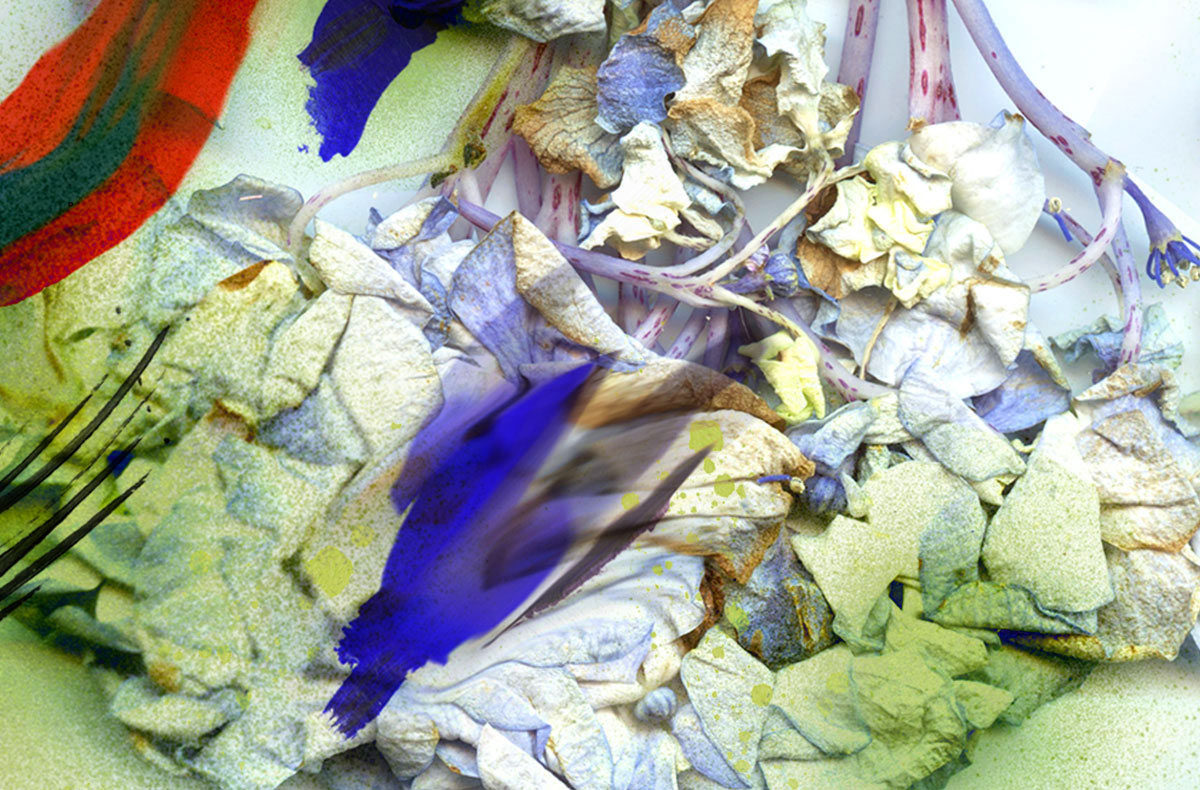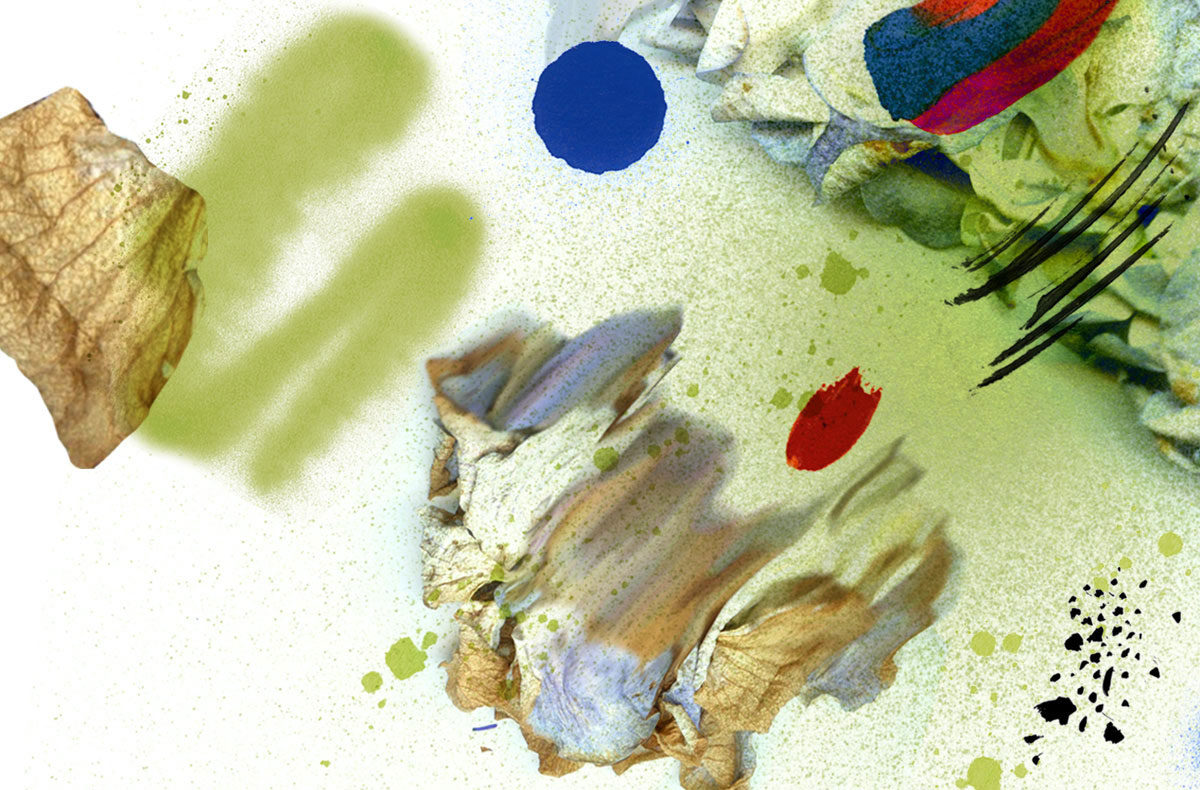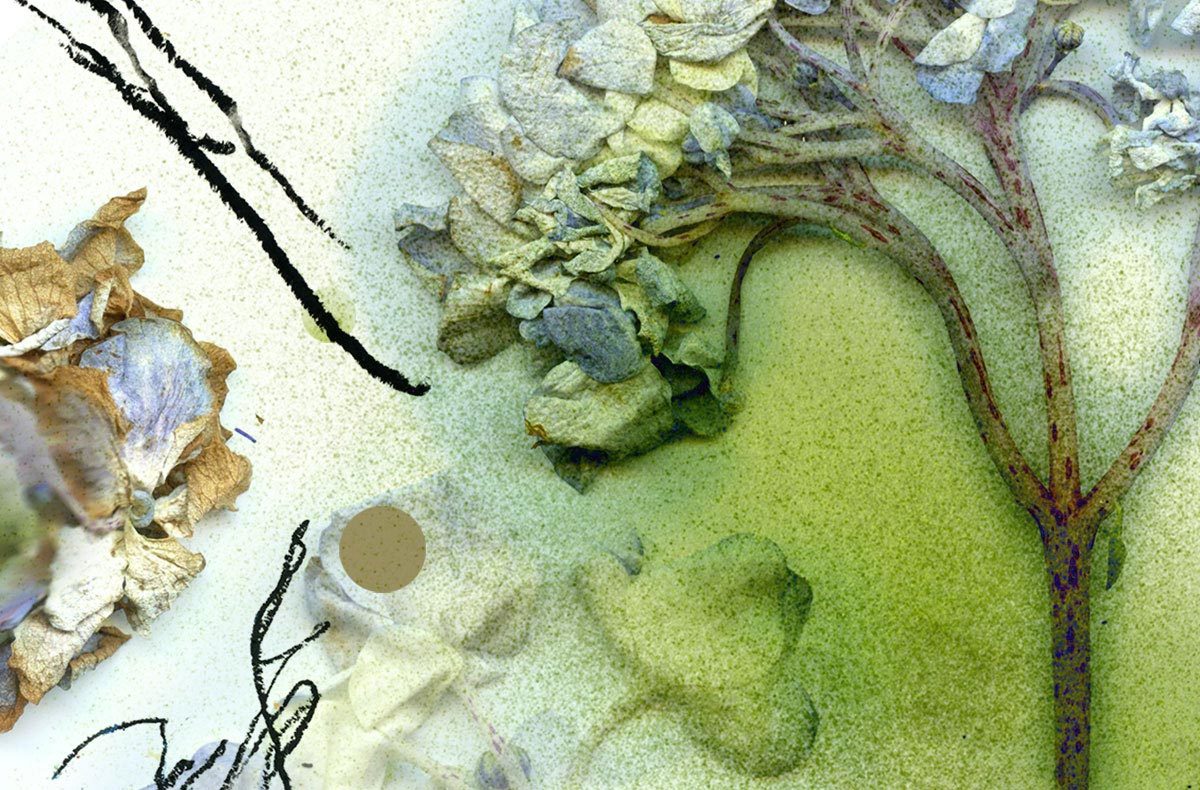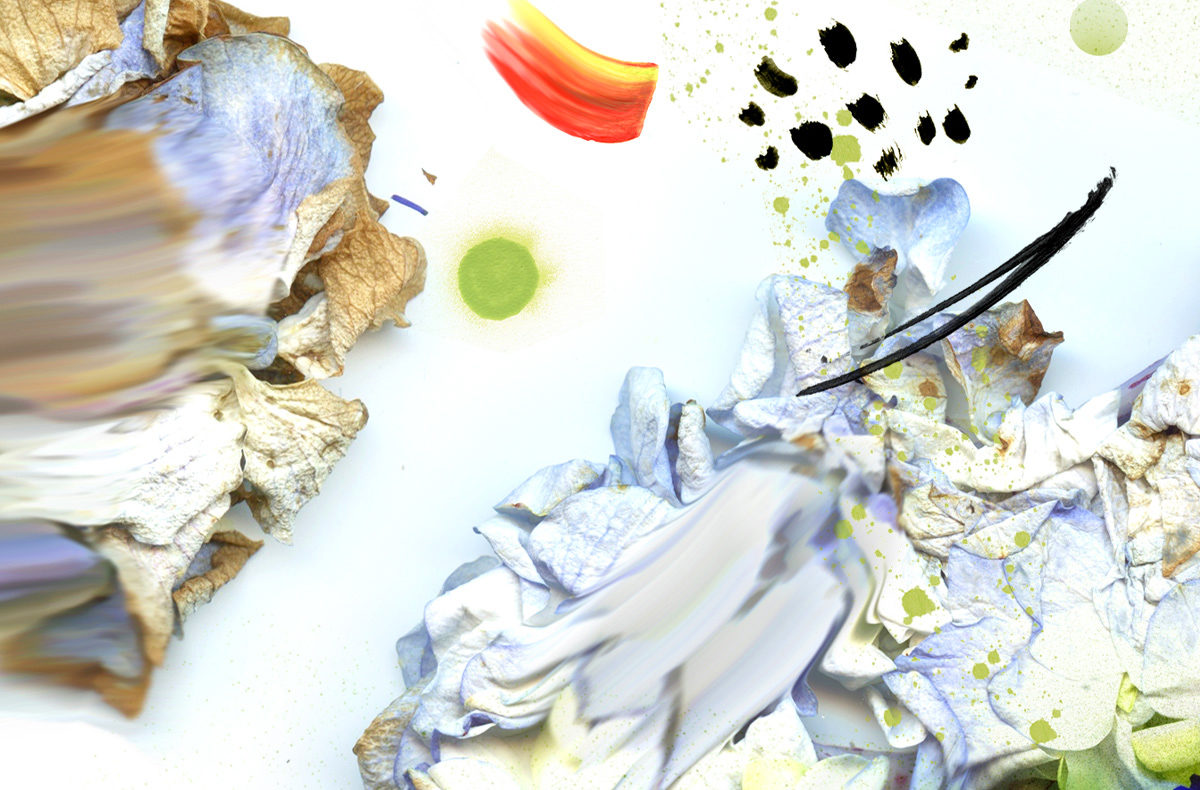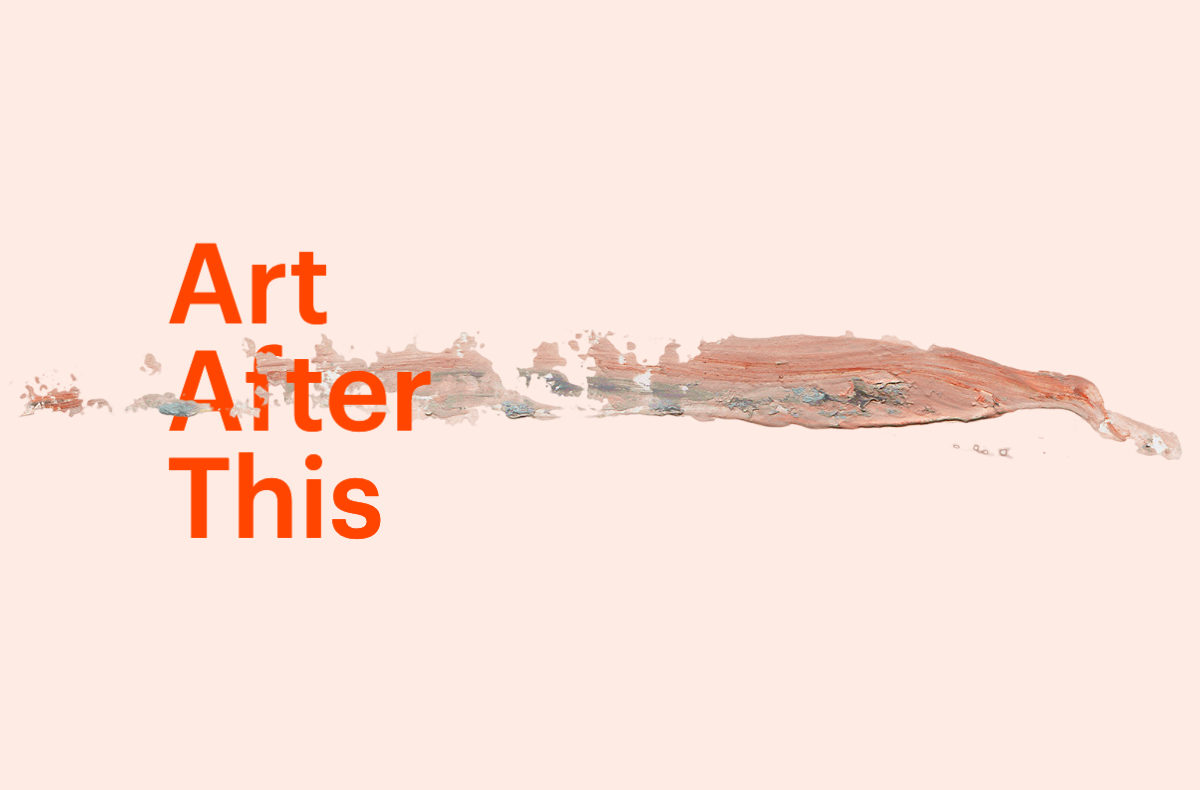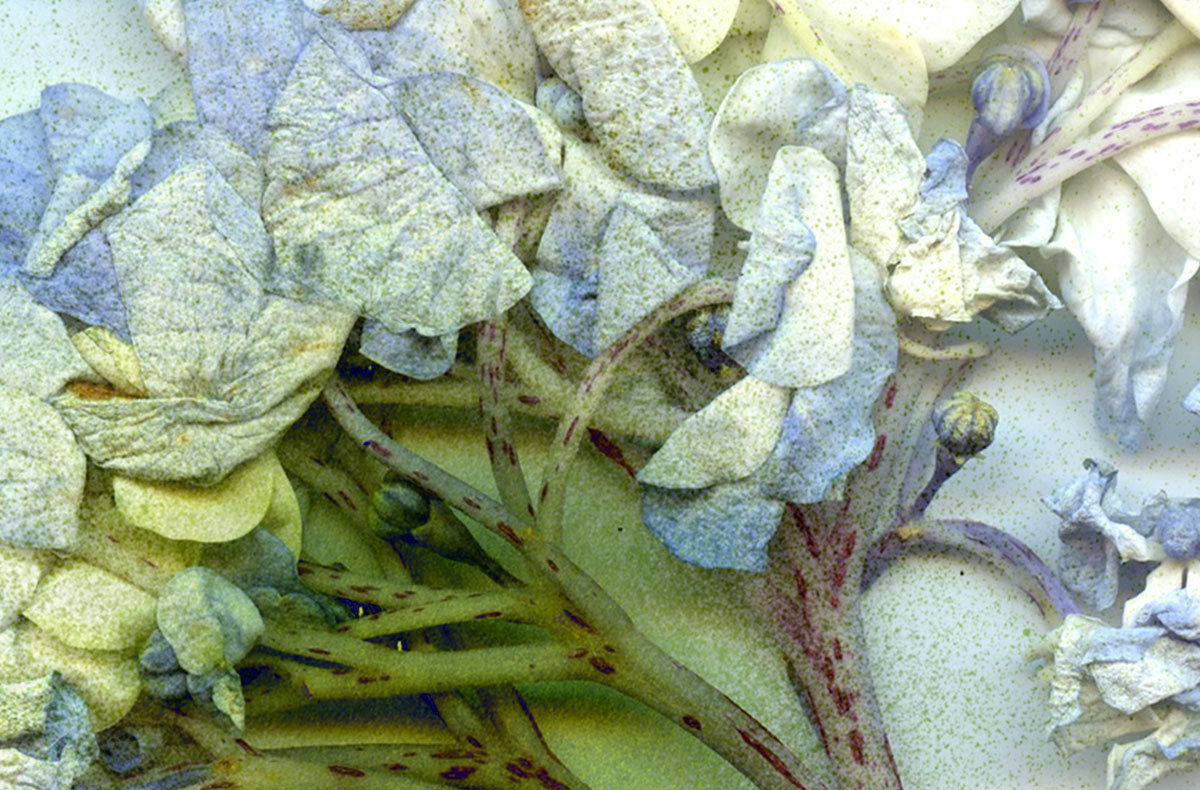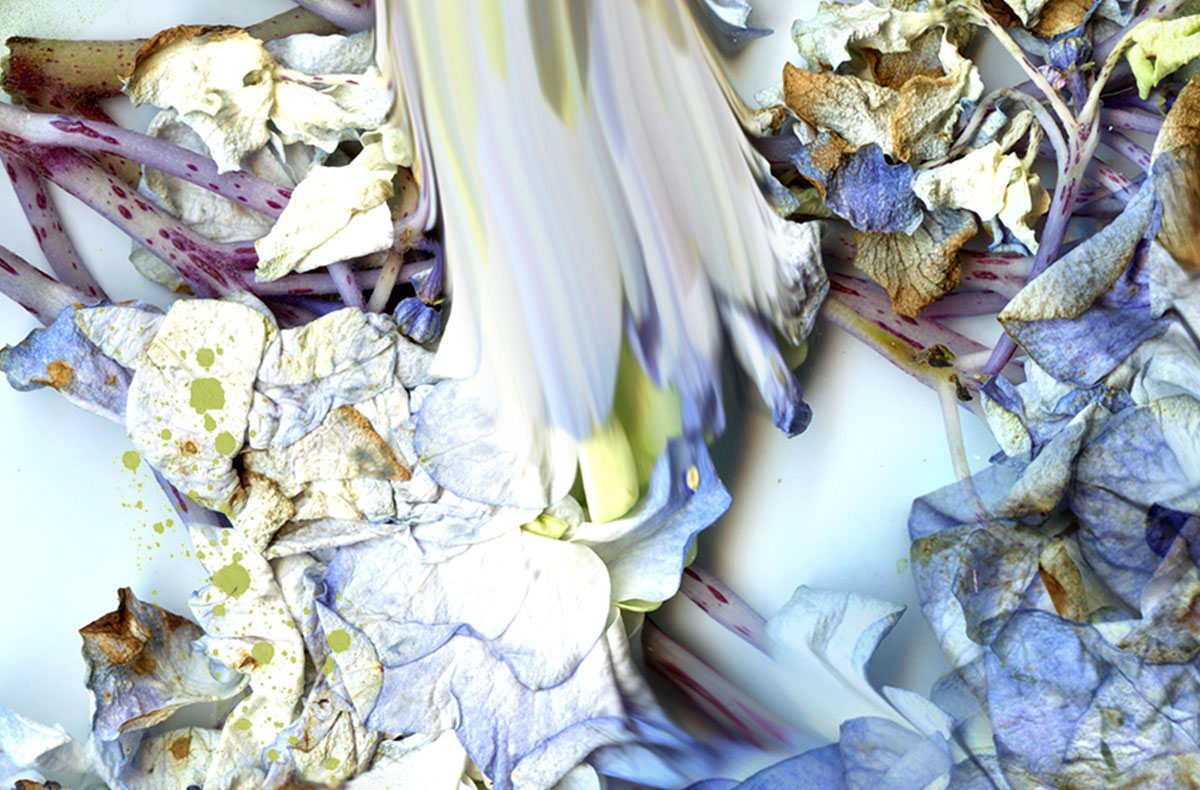By David Maggs, Metcalf Fellow on Arts and Society
Happy September everyone, I hope this finds you rejuvenated from a most necessary summer. I know I speak for everyone here at the Metcalf Foundation in saying how thrilled we are to resume these monthly dispatches — so thrilled, in fact, that we are adding a parallel conversation. While the present thread will stay focused on expanding the thinking that emerged from Art and the World After This, a second conversation will explore putting these ideas into practice. Here, I will have the pleasure of speaking with different arts leaders working to move our sector into its big, bright, post-pandemic futures. Stay tuned for that series to launch on October 12.
Speaking of futures, a theme cutting across most sectors during the pandemic was the hope of building back better. What changes this implied were not always clear, but as COVID-19 recedes, I am troubled to see how little policy and practice seem geared towards fostering much in the way of change at all. Called into an uncertain future, it is perhaps understandable that we yearn for an idealized past instead. So, I’d like to begin the fall thinking about creating change, embracing the future, and how the arts fit in.
In fiction, the protagonist meets their future via the “inciting incident” — some disruptive event early in the story that presents an irreversible juncture, a moment from which there is no return. Our particular moment, it would appear, is being written for us by an author with very little faith in subtlety. Colonial reckonings, runaway digitization, a climate crisis, and a global pandemic? It’s an inciting incident even the dullest of heroes couldn’t miss: we either learn to leave this world, or we perish within it.
But what does it mean to leave a world? Mulling this over, I’ve begun to think a lot about caterpillars. What do they think as they snuggle into their cocoons? Are they oblivious to the fact that they will never be seen again? Or are they dreaming of butterflies while wrapping all that gluey silk around themselves? For our part, we seem to be enjoying the worst of both options, increasingly aware that our current world is untenable, yet with no anticipation of life getting more elegant anytime soon. Still, like the lowly caterpillar, our fate is sealed. Inciting incidents do not call for moments of change, but transformative change.
What is the difference? When something transforms, what has happened to it? Has it learned something different? Has it done something different? Or has it become something different? As these questions clarify, transformative change is not about changing what we know or what we do, it is about changing what we are. It is an event that occurs at the level of being.
Being is, obviously enough, what we are, and what we are is less anchored by what we know or do. Being resides in deeper elements of identity, meaning, value, belief, purpose, and our underlying sense of time and place, self, and world. Rather than aspects of ourselves that are formed by the information we receive, these are the elements within us that give form to that information, determining what we pay attention to, what sounds true, what strikes us as right and good, and what we dismiss, ignore, or fail to see at all.
Which is why transformation is so hard to do in intentional ways. Being is the strangest of our verbs. Conjugate the verb “sit” and you get sit, sits, sitting, and sat. Conjugate “be” and you get be, being, been, am, is, are, was, and were. A shapeshifter of action, marked by elusiveness. We are in control of our other verbs. We can run and stop them as chosen actions (e.g., start walking, begin eating, cease talking, quit complaining). Being offers no such control, being is the verb that runs us, humming along unseen beneath the surface.
That is until recently. That vague, unsettling post-pandemic unease we feel bubbling up throughout our day? That’s being, dislodged by our inciting incident and surfacing in surprising and unusual places. It’s a tough moment for any protagonist. The moment we try to dodge inevitable fate, scrambling back into the comforts of the familiar, certain we lack what it takes for the journey. But that is the point. If we had what we needed, the journey wouldn’t be transformative. No existential peril, no transformative change.
The trouble is, in western, rational societies like ours, our “change-making machinery” — universities, NGOs, governments — runs on a binary code of knowledge and action. Ours is a two-verb model of change: generate the necessary knowledge and convert that knowledge into action. “Knowing” and “doing” are the moves we know how to make. Unfortunately, neither gets us very far in games of existential and cultural transformation. We are, as a recent metaphor put it, stuck playing three-dimensional chess using a two-dimensional board — a game involving three planes of activity, where we have learned to only move around on two of them.
Which is why this post is, eventually, about art. Under the right circumstances, art has the capacity to deal with questions of being. Through art, being can grow visible, tangible, and even malleable. In recent climate arts workshops with theatre artist Kendra Fanconi, we began by asking participants to identify transformative encounters with art. An experience of a novel, a painting, a play, an album, a film, through which the world became a different place, or they became a different person. Not only does everyone have an answer to this question, we find them able to recall their answers in fabulous detail. Rich, formative, deeply-etched memories of transformative change.
The presence of transformation is all around us, and conspicuously enough, the arts are so often there. Yet while we know it happens, making it happen, when we want, where we want, and for what we want, is a bedeviling thing. Learning to do this with greater intention, that is, engaging the power of the arts without disenchanting that power, is the alchemy of our age. Get it right, and we might expand the role of art in society just when the world requires it most.


